Introduction to Corrosion Monitoring Coupons
Weightless Corrosion Monitoring Coupons are small metal samples. We expose them to specific environments for a designated period. This allows us to study the metal’s reaction to those conditions. At the end of this period, we remove the coupon from the corrosive environment. We then clean off any corrosion products from the surface using mechanical and/or chemical methods.
You can choose particularly harsh actual process conditions for the target environment to gather representative corrosion data. Alternatively, installing the weightless coupon in a bypass allows for the adjustment of flow rate, temperature, and other fluid parameters to yield more meaningful results.
The type of coupon selected should align with the testing objectives, such as using a flat coupon for overall corrosion or pitting evaluation, a welded coupon for local corrosion assessment at welds, or a stress-loaded or pre-cracked coupon for stress corrosion cracking evaluation. Combinations of metals and other structures might also be used, for instance, in crevice corrosion studies.
The average corrosion rate is determined by the weight loss of the metal. While weightless mounting is a method for on-line or bypass corrosion monitoring, it does not allow for real-time measurements.
Utilizing Features in Corrosion Monitoring
Corrosion monitoring coupons are highly useful for visual inspection analyses, allowing for the evaluation of specific types of corrosion such as pitting, crevice, and other forms of non-uniform corrosion. Beyond the corrosion products that accumulate on the weightless hanging plate, other residues like scale samples and strains may also form. Analyzing these residues can provide additional data and insights.
Generally, it is beneficial for the environmental exposure time to be extended as long as possible to give local corrosion sufficient time to initiate, develop, and provide a comprehensive assessment of the environmental service conditions. Typically, researchers opt for an exposure time of three months to evaluate pitting and crevice corrosion effectively. ASTM G31 suggests a minimum exposure time for full corrosion, calculated as approximately 50 divided by the corrosion rate (mm/year). Both laboratory and field evaluations may require varying exposure times due to different test control conditions, making it crucial to analyze and determine the optimal exposure time tailored to the specifics of the system in question.
Advantages and Disadvantages
Advantages
Corrosion monitoring coupons offer a straightforward and accessible method for assessing material durability in corrosive environments. The simplicity of the principle behind using these coupons makes it easy for engineers and researchers to implement and understand. Additionally, the cost associated with these tests is relatively low, making this method economically feasible for many projects. Another significant advantage is the ability to evaluate multiple types of metals within a confined space, allowing for comprehensive testing across a range of materials without requiring extensive resources or complex setups.
Disadvantages
Despite their benefits, corrosion monitoring coupons come with notable drawbacks. One major limitation is that short-period test data may not reflect long-term corrosion behaviors. This can lead to potentially misleading conclusions. The process of calculating corrosion weight loss only occurs after removing the coupons. This means ongoing corrosion processes are not accounted for during exposure. This poses a significant disadvantage as it prevents real-time assessment and timely intervention based on the degree of corrosion observed.
Additionally, the removal of corrosion products, known as derusting, and subsequent analysis of the coupons are both time-consuming and labor-intensive. These processes require meticulous handling and careful examination, which can be resource-intensive and potentially increase the overall cost and duration of projects.
Furthermore, once a coupon is used and the protective film is removed for weight loss calculation, it cannot be reused for further testing. This one-time use limitation not only increases the material costs but also raises environmental concerns regarding waste.
Selection Model
The following is the selection model of the EMT corrosion coupons:
| Model | |||||||||||||
| CC | Corrosion Coupons | ||||||||||||
| -Code | Plug Body Assembly | ||||||||||||
| Pxxx | Type | Material | Sealing Material | ||||||||||
| 0 | No Request | 0 | CS | 0 | No Request | ||||||||
| 1 | Hollow Plug Body | 1 | 316SS | 1 | Viton O-Ring / PTFE Primary Packing | ||||||||
| 2 | Solid Plug Body | 2 | 316LSS | 2 | HNBR | ||||||||
| 3 | DUPLEX SS | ||||||||||||
| 4 | INCONEL | ||||||||||||
| Type of Coupon Holder | |||||||||||||
| SR | Fixed Coupon Holder for assembling rectangular coupon | ||||||||||||
| AR | Adjustable Coupon Holder for assembling rectangular coupon | ||||||||||||
| LR | Ladder Coupon Holder for assembling rectangular coupon | ||||||||||||
| SC | Fixed Coupon Holder for assembling circular coupon | ||||||||||||
| AC | Adjustable Coupon Holder for assembling circular coupon | ||||||||||||
| -Pipe Size | |||||||||||||
| x | Pipe Size in inch | ||||||||||||
| – Coupon Size | |||||||||||||
| A×B×C | Coupon Size in inch or mm | ||||||||||||
| – Coupon Material | |||||||||||||
| x | Grade | ||||||||||||
| -Finishing of Coupon | |||||||||||||
| 0 | Mill | ||||||||||||
| 1 | Glass Bead | ||||||||||||
| – Isolation Gasket | |||||||||||||
| 0 | No Gasket | ||||||||||||
| 1 | Nylon Gasket | ||||||||||||
| 2 | PTFE Gasket | ||||||||||||
| For Example CC-P221-SR-6″-3″×1/2″×1/8″-MS1018-0-2 CC: Corrosion Coupon | |||||||||||||
| P221: Solid Plug Body in 316LSS Viton O-Ring and PTFE Primary Packing | |||||||||||||
| SR-6″:Fixed Coupon Holder for assembling rectangular coupons and for 6″pipe | |||||||||||||
| 3″×1/2″×1/8″: Coupon Size MS1018: Coupon Material | |||||||||||||
| 0: Finishing of Coupon is Mill 2: Material of Isolation Gasket is PTFE | |||||||||||||


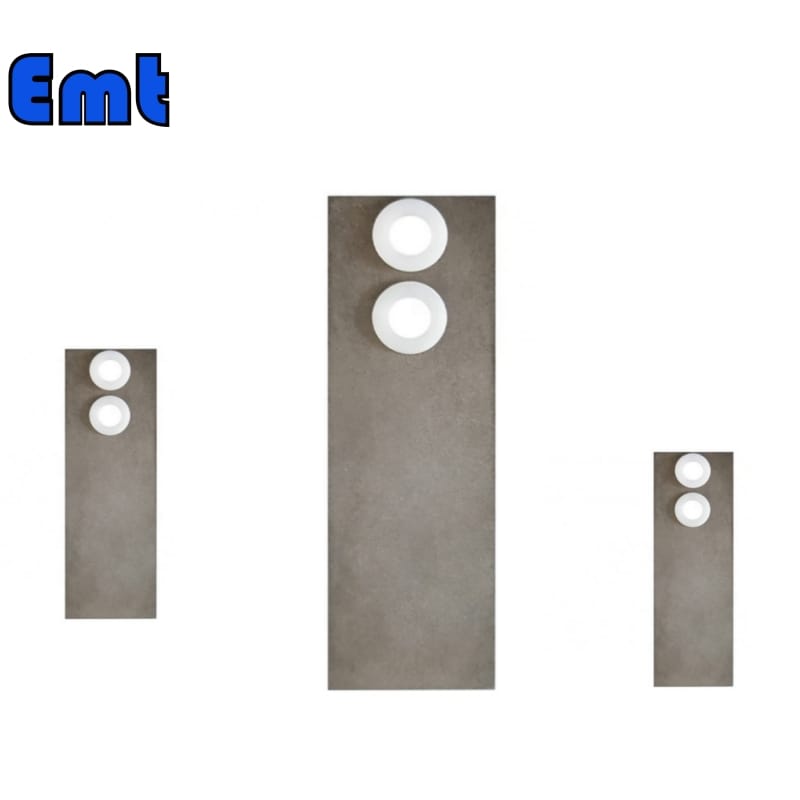
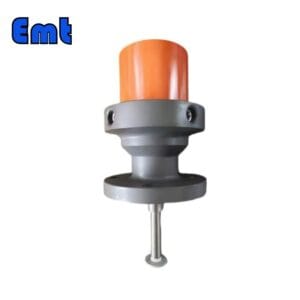
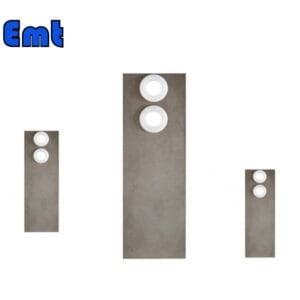
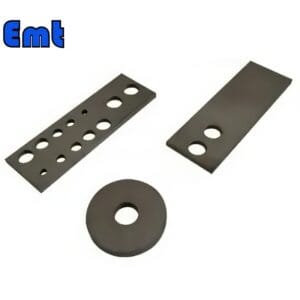
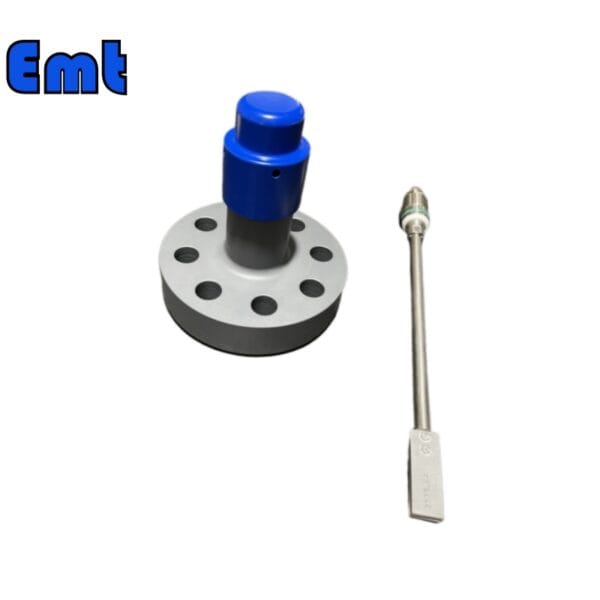
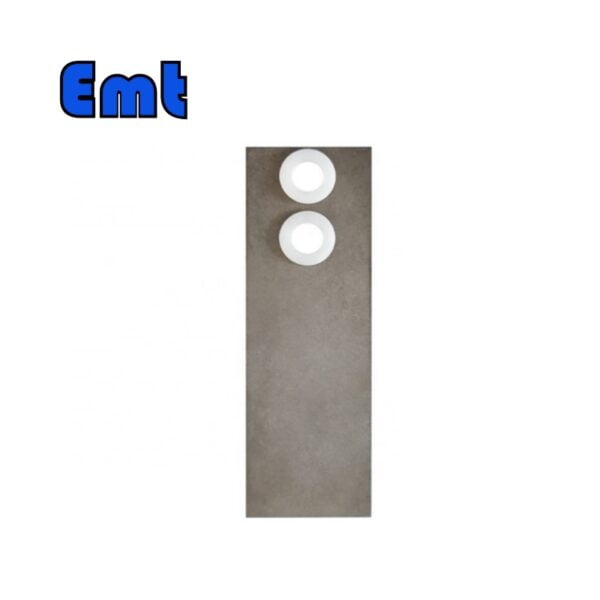
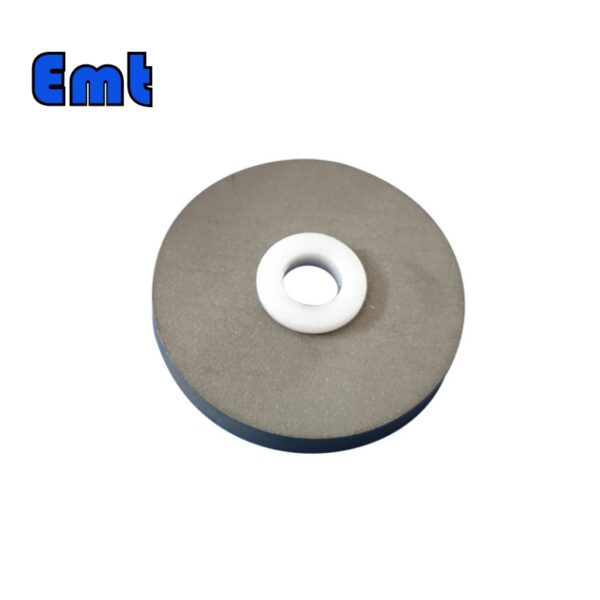

There are no reviews yet.